Best Timing for Foundation Repairs
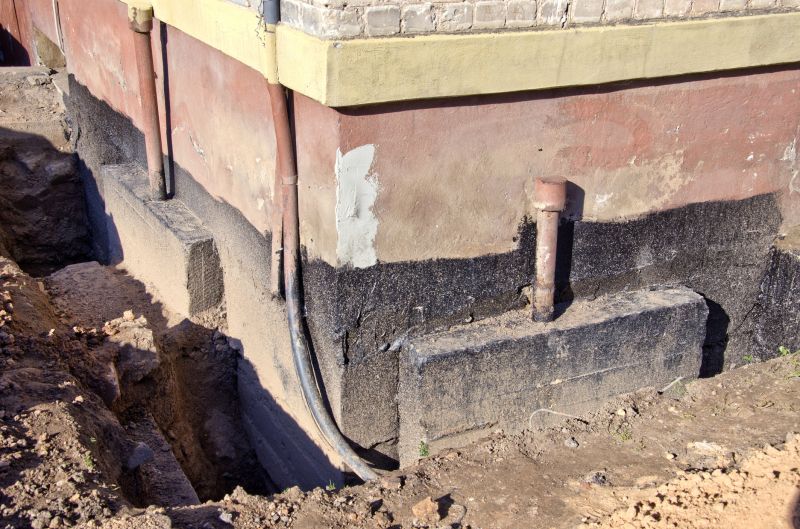
Foundation repairs are often more effective during dry weather when soil movement is minimal.
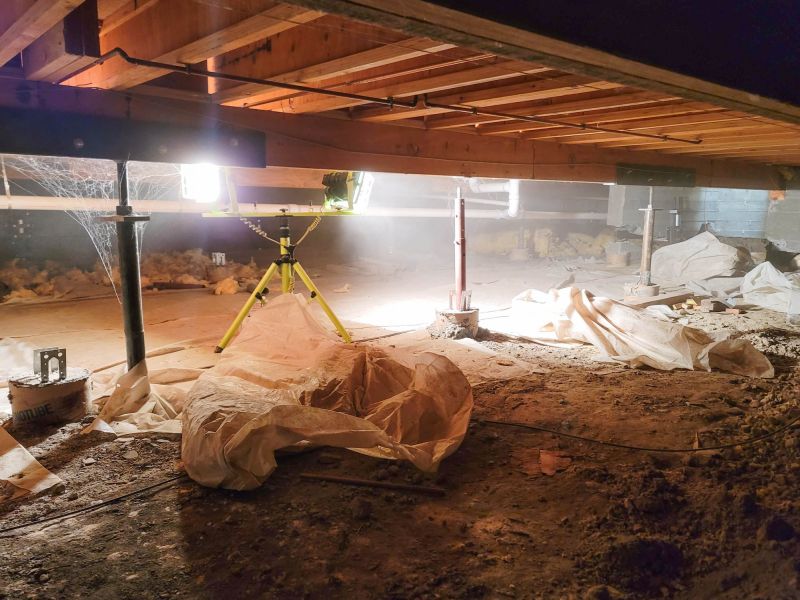
Spring can be suitable due to moderate temperatures, but excess moisture may complicate repairs.

Summer offers warm conditions, but heavy rains can cause soil shifts that impact foundation stability.

Fall provides cooler temperatures and less soil movement, making it an ideal repair period.

Winter is generally less suitable due to freezing temperatures and soil contraction.

After droughts, soil tends to stabilize, making repairs more effective.
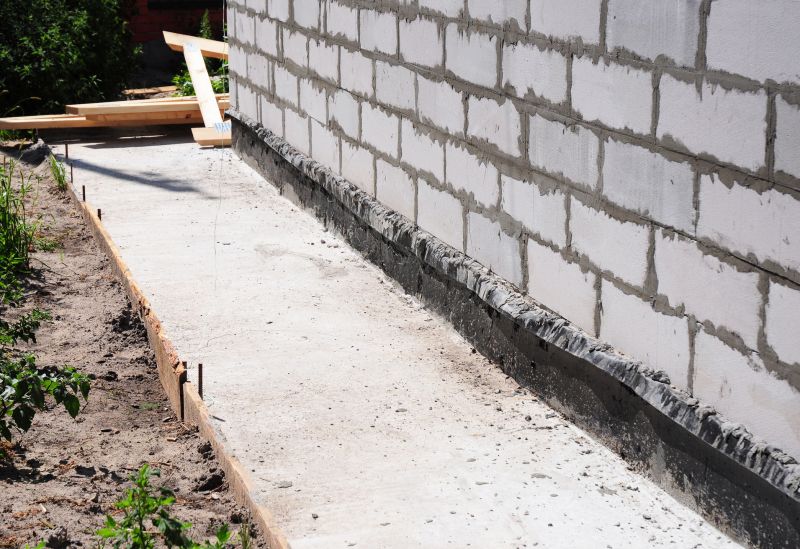
Finishes and colors that play nicely with Foundation Repairs.
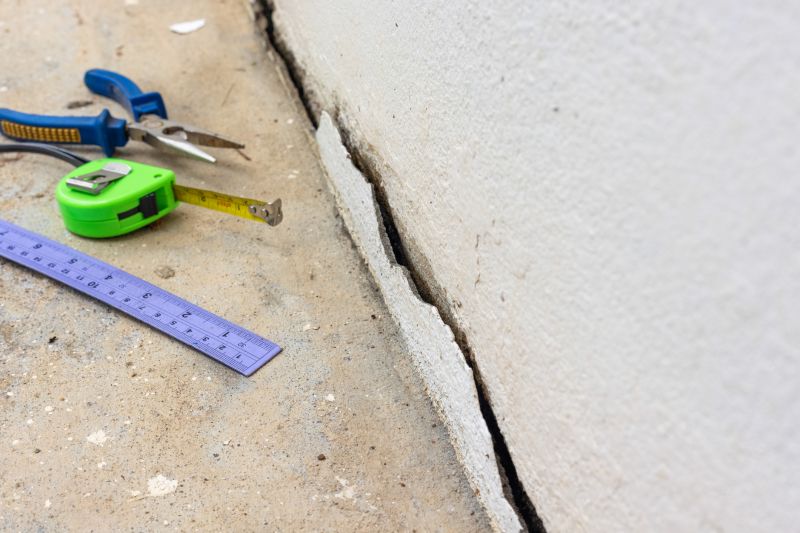
Little measurements that prevent headaches on Foundation Repairs day.

A 60-second routine that keeps Foundation Repairs looking new.
Foundation repairs address structural issues caused by soil movement, water damage, or settling. Proper timing can ensure more effective and lasting results. Seasonal conditions influence soil behavior, which directly impacts foundation stability. Repair work during periods of soil stability minimizes the risk of recurring issues and reduces repair costs.
Statistics indicate that most foundation problems develop gradually over time, often exacerbated by weather cycles. Addressing issues early, particularly during stable soil conditions, can prevent extensive damage and costly repairs. Understanding seasonal patterns helps homeowners plan repairs during optimal times, ensuring durability and structural integrity.
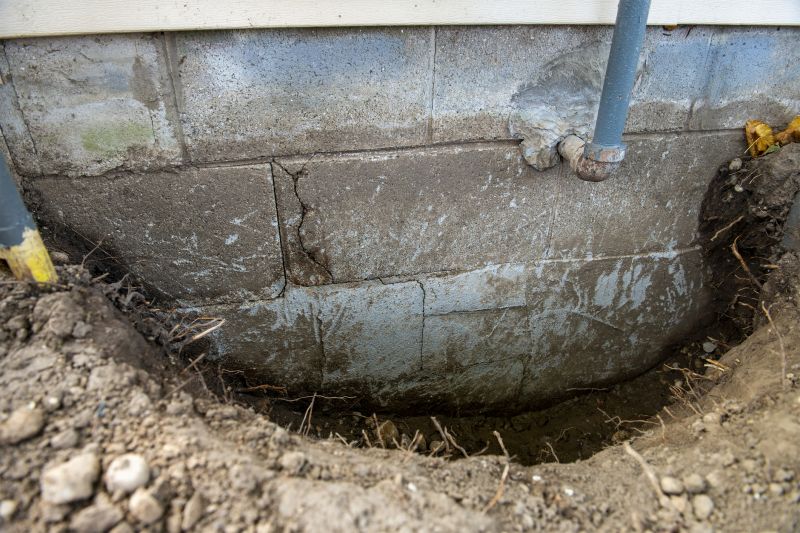
Visible cracks in walls can signal foundation movement requiring attention.

Sloping or uneven floors are common signs of foundation settling.

Gaps or sticking windows indicate shifting foundation.
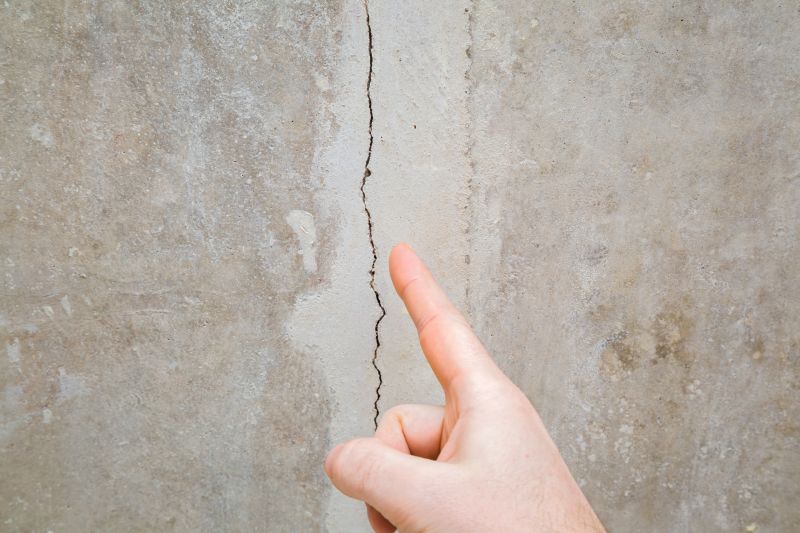
Horizontal or vertical cracks in the foundation are warning signs.
A frequent mistake in Foundation Repairs and how to dodge it.
Small tweaks to make Foundation Repairs safer and easier to use.
Lower-waste or water-saving choices for Foundation Repairs.



